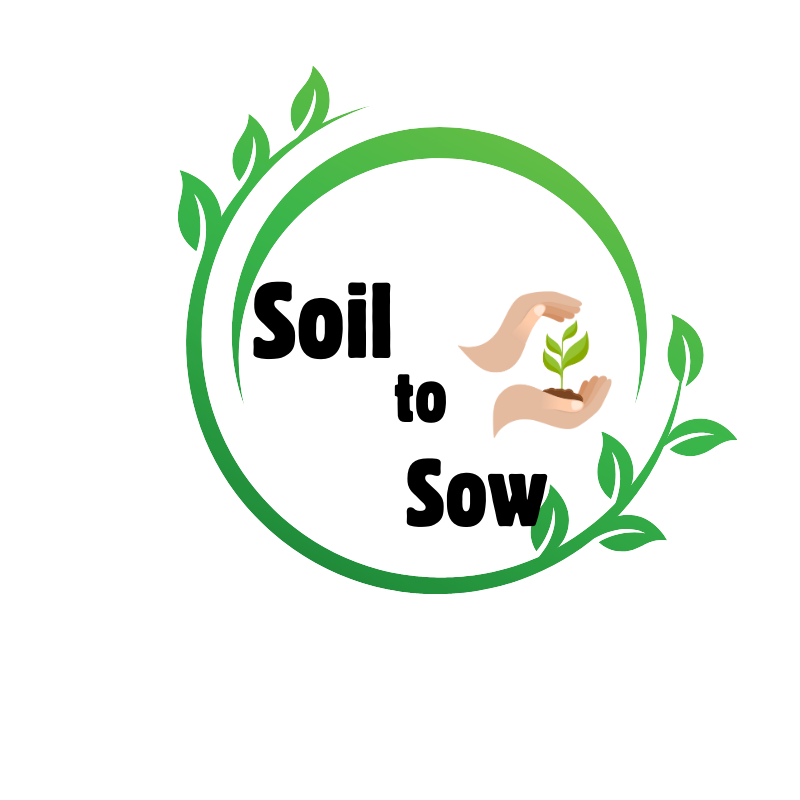0:00
Garden ecosystem planning involves
0:02
creating balanced and sustainable
0:03
outdoor environments that support
0:06
biodiversity ecological functions and
0:09
natural processes by designing Gardens
0:12
with consideration for the interactions
0:14
between plants animals soil water and
0:18
microorganisms gardeners can foster
0:20
resilient and thriving ecosystems that
0:23
benefit both people and the
0:26
environment here's a concise guide to
0:29
Garden EOS system planning biodiversity
0:33
enhancement select a diverse range of
0:35
native and adapted plant species to
0:37
support pollinators beneficial insects
0:42
Wildlife incorporate flowering plants
0:45
shrubs trees and grasses with different
0:47
Bloom times Heights and habitat
0:49
requirements to provide food shelter and
0:51
nesting sites for diverse species native
0:54
plant selection prioritize native plants
0:57
that are adapted to local soil climate
0:59
and environment mental conditions choose
1:01
native species that support local
1:03
Wildlife attract pollinators and
1:06
contribute to the overall ecological
1:07
health of the garden ecosystem habitat
1:10
creation designate areas of the garden
1:13
for wildlife habitat creation such as
1:15
Meadows Wetlands or Wildlife corridors
1:18
incorporate features such as bird houses
1:20
bat boxes insect hotels or brush piles
1:23
to provide nesting roosting and foraging
1:25
opportunities for Native Wildlife Water
1:28
Management implement water-wise
1:30
gardening practices to conserve water
1:32
reduce runoff and support healthy soil
1:35
and plant growth incorporate rain
1:37
Gardens swes or bio swes to capture and
1:40
filter rainwater reducing erosion and
1:42
replenishing groundwater supplies soil
1:45
Health prioritize soil health and
1:47
fertility through organic soil
1:49
amendments composting and mulching
1:51
practices maintain soil structure
1:54
microbial activity and nutrient cycling
1:57
to support plant growth root development
1:59
and water retention in the garden
2:01
ecosystem integrated Pest Management IPM
2:06
adopt IPM strategies to manage pests
2:09
diseases and weeds in the garden without
2:11
relying on synthetic chemicals encourage
2:14
natural Predators such as ladybugs lace
2:16
wings and predatory insects to control
2:19
pest populations while minimizing harm
2:21
to beneficial insects and Wildlife
2:24
companion planting practice companion
2:26
planting by intermixing compatible plant
2:28
species to enhance resistance nutrient
2:31
uptake and overall Garden Health plant
2:34
aromatic herbs flowers or trap crops to
2:37
deter pests and attract beneficial
2:39
insects that contribute to biological
2:41
Pest Control seasonal variability
2:44
Embrace seasonal variability and natural
2:46
succession in the garden ecosystem by
2:49
allowing plants to flower set seed and
2:51
sesse according to seasonal
2:53
Cycles incorporate ephemeral plants
2:56
bulbs or seasonal blooms to provide
2:59
continuous food food and habitat
3:00
resources for pollinators and Wildlife
3:04
year by incorporating these principles
3:06
of garden ecosystem planning gardeners
3:09
can create vibrant resilient and
3:12
ecologically diverse outdoor spaces that
3:14
support biodiversity conserve resources
3:17
and promote environmental
3:20
sustainability through thoughtful design
3:22
stewardship and ongoing management
3:25
Garden ecosystems become thriving hubs
3:28
of life and beauty that contribute to
3:30
the health and well-being of both people

